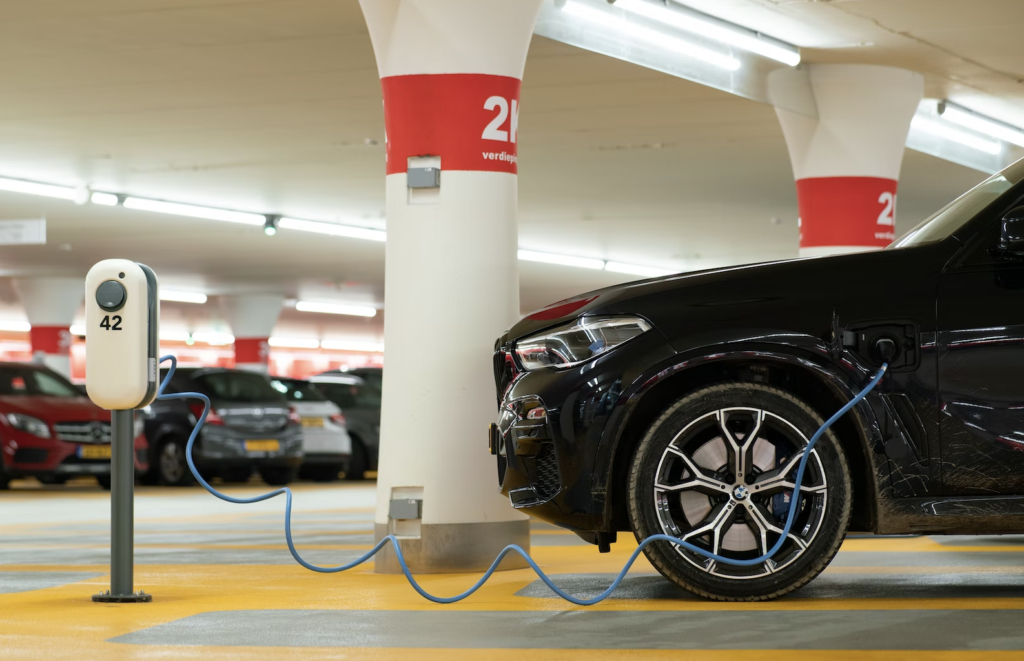The Best Time To Buy An Electric Vehicle
This article is more than 2 years old

If you’re thinking of making the switch to an electric vehicle, now might not be the best time to buy one. Although the tax incentives in the Inflation Reduction Act (IRA) go into effect on January 1, 2023, it will take a while for its multiple policies to phase in. Some experts in the EV industry recommend waiting until 2024 to buy one, especially if you’re on a tight budget.
Jay Turner, the author of Charged: A History of Batteries and Lessons for a Clean Energy Future and professor of environmental studies at Wellesley College, told NBC News that the future of buying an EV will get more complicated. “If you are ready to buy an EV that currently qualifies for the EV tax credit, jump on it,” he said. However, if you wait a little longer, more electric vehicle models will be eligible for tax incentives.
The IRA provides $7,500, $3,750, or $0 to help pay for an electric vehicle, depending on the consumer’s income and the vehicle’s price. For instance, a qualifying buyer’s modified adjusted gross income cannot exceed $150,000 or $300,000 for qualifying couples. The EV’s purchase price must not exceed $55,000 for sedans or $80,000 for SUVs.
For the most part, electric vehicle purchases have been made by wealthy people, and they have bought high-end EVs. The IRA is meant to make electric vehicles affordable for middle-class people. It’s also intended to boost America’s EV production levels and get more people to go electric.
If you want to buy an electric vehicle now, there are already state and federal EV incentives on the books. However, the supply of many electric vehicles remains limited, with some popular brands having waiting lists of eager customers. Limits on how many vehicles can qualify for existing tax incentives go away in January, so it may be worth it to wait a few more weeks.
If you decide to shop in 2023, you’ll benefit from the lift on the federal cap that only allowed 200,000 EVs per manufacturer to qualify for tax relief. That means previously maxed-out electric vehicle manufacturers like GM and Tesla can qualify for incentives. That benefit could be negated by restrictions that require an EV to “be assembled in North America and contain more components sourced there as well as more battery minerals derived on the continent or from a U.S. trade partner.”
Used electric vehicles will, for the first time, be eligible for a one-time incentive of up to $4,000, provided that the car is at least two model years old, priced under $25,000, and the buyer’s adjusted gross income is below $75,000. Even so, the market will still generally favor wealthier consumers as inflation and supply chain problems keep the average electric vehicle price tag high. According to Kelley Blue Book, the average price of a new EV is $65,041, which is 9% higher than a year ago.
If you wait to buy your electric vehicle in 2024, the IRA changes so that you can apply your tax credit at the dealership instead of having to wait until you file your taxes. That will benefit lower-income EV buyers, and many people may decide that makes it worth the wait to go electric. It will still be a bit of a gamble because there’s no way of knowing which EVs will meet the IRA’s manufacturing standards by then.
Waiting could also be beneficial from a pricing standpoint as availability increases and prices drop accordingly. Turner called the new IRA law “messy” but believes it will make electric vehicle purchases more affordable, eventually. “Long term, the IRA provisions will likely improve accessibility,” he said, “but it’ll be a bumpy road getting there.”




